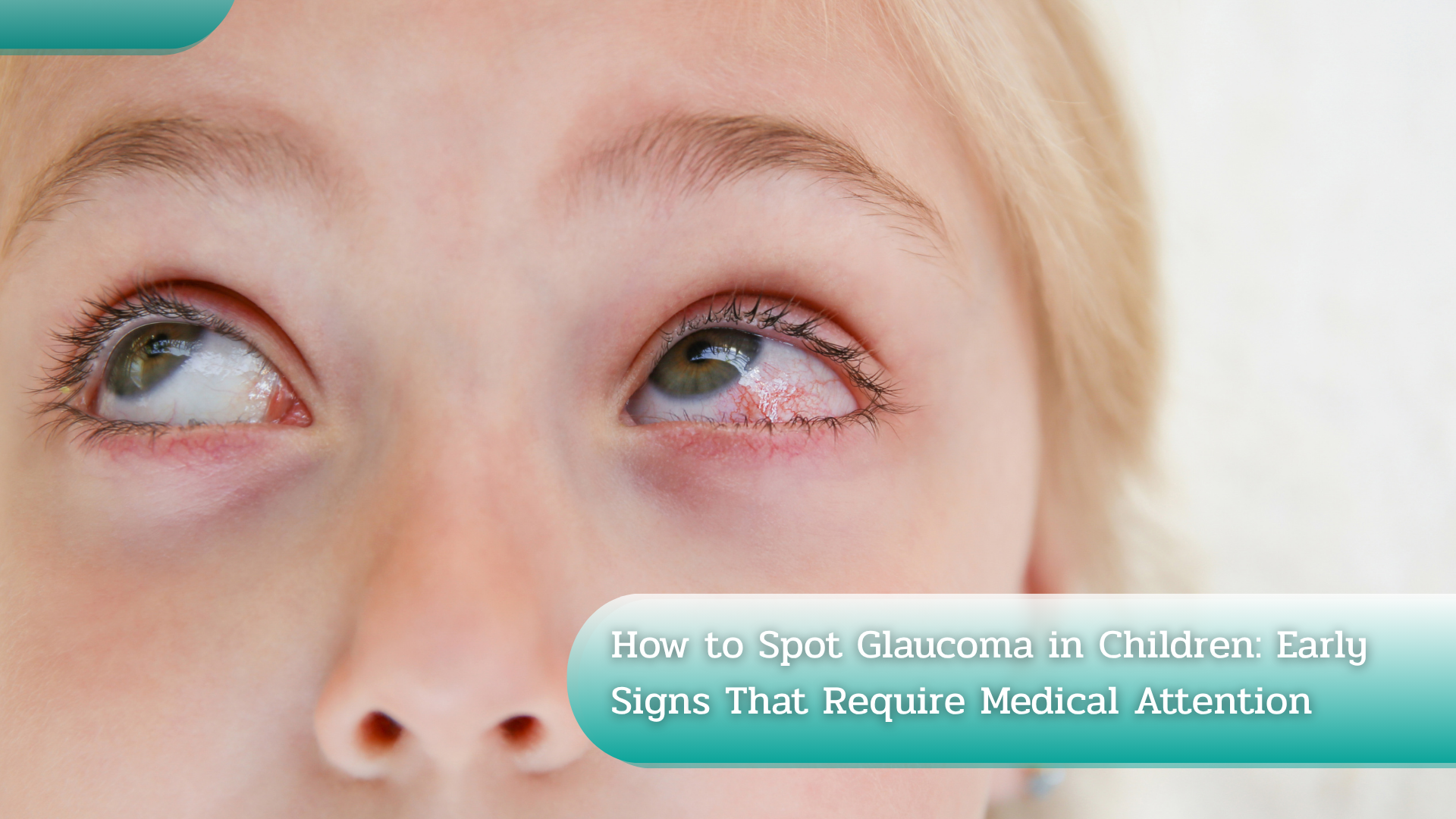
How to Spot Glaucoma in Children: Early Signs That Require Medical Attention
Metta Pracharak Hospital (Wat Rai Khing) has issued a warning that young children can be at risk of glaucoma, with some cases developing from birth. Warning signs may include complications such as large red or dark birthmarks on the face that extend across the eye area. These signs should not be ignored, and an ophthalmologist should be consulted promptly.
Metta Pracharak Hospital (Wat Rai Khing) has issued a warning that young children can be at risk of glaucoma, with some cases developing from birth. Warning signs may include complications such as large red or dark birthmarks on the face that extend across the eye area. These signs should not be ignored, and an ophthalmologist should be consulted promptly.
A senior official from the Department of Medical Services explained that glaucoma is an eye condition typically seen in adults and the elderly. However, recent findings show that even very young children may also develop glaucoma. The danger of this disease lies in its silent progression—once vision is lost, it cannot be fully restored. Therefore, parents and caregivers should regularly observe for any abnormalities in their children's eyes and seek timely medical evaluation from an eye specialist.
The director of Metta Pracharak Hospital further explained that glaucoma is caused by increased pressure within the eyeball, which damages the optic nerve—the vital pathway that transmits visual signals to the brain. In the early stages, glaucoma often presents no symptoms. As the condition progresses, vision starts to gradually deteriorate. Some individuals may not notice any changes because central vision remains clear, while peripheral vision narrows—similar to looking through a tunnel—until complete blindness occurs.
A senior specialist added that childhood glaucoma can be congenital, stemming from abnormal development during pregnancy. Warning signs include excessive tearing, sensitivity to light, enlarged corneas, cloudy eyes, or unusually small corneas. Secondary glaucoma in children can also result from complications such as prolonged use of eye drops, especially in children with allergic eye conditions who experience redness and severe itching. Parents who administer eye drops without consulting an ophthalmologist may inadvertently raise intraocular pressure, leading to optic nerve damage and vision loss.
Additionally, children with large red or dark birthmarks on the face, especially those extending over the eye, are considered at risk. Red birthmarks may be associated with abnormal blood vessels or tumors that obstruct the drainage of eye fluid, raising intraocular pressure. Dark birthmarks, caused by pigment deposits in the skin, can also block drainage channels, leading to glaucoma. Children with dark birthmarks typically develop glaucoma later in life, while those with red birthmarks may develop it in early childhood.
If a child shows signs of visual impairment—such as failing to look at or grasp objects as if unable to see—an ophthalmologist should be consulted without delay. Treatments for childhood glaucoma may include laser therapy or surgery to restore proper fluid drainage in the eye. Therefore, early detection and regular observation of eye health are essential for preventing permanent vision loss.
Source:
Articles in this category are written by our editorial team to keep you informed about the latest healthcare and medical tourism news.

